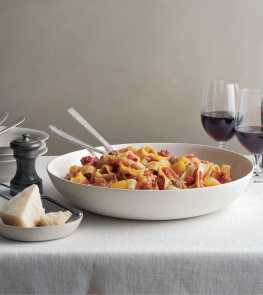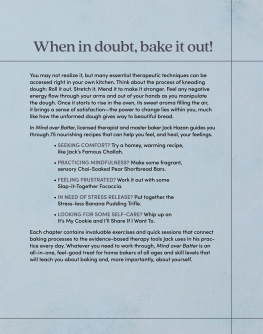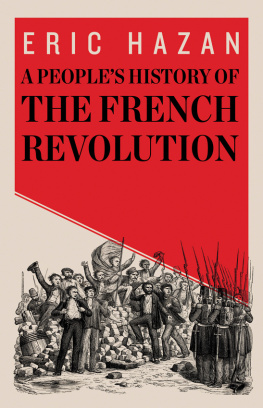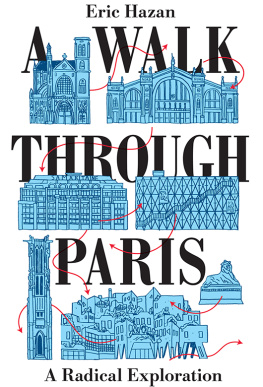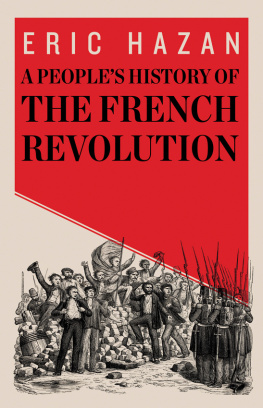Published in 2012 by Stewart, Tabori & Chang
An imprint of ABRAMS
Copyright 2012 Giuliano Hazan
Photographs copyright 2012 Joseph De Leo
Page 2: Giuliano Hazan at five years old, fishing off Nonno David and Nonna Giulias dock in Atlantic Beach.
All rights reserved. No portion of this book may be reproduced, stored in a retrieval system, or transmitted in any form or by any means, mechanical, electronic, photocopying, recording, or otherwise, without written permission from the publisher.
Library of Congress Cataloging-in-Publication Data
Hazan, Giuliano.
Hazan family favorites : beloved Italian recipes / by Giuliano Hazan.
p. cm.
Includes index.
ISBN 978-1-4532-8633-3
1. Cooking, Italian. 2. Cookbooks. I. Title. II. Title: Family favorites.
TX723.H3345 2012
641.5945dc23 2011018751
Editor: Natalie Kaire
Designer: Danielle Young
Production Manager: Tina Cameron
The text of this book was composed in Andrade and Futura.
Stewart, Tabori & Chang books are available at special discounts when purchased in quantity for premiums and promotions as well as fundraising or educational use. Special editions can also be created to specification. For details, contact or the address below.

115 West 18th Street
New York, NY 10011
www.abramsbooks.com
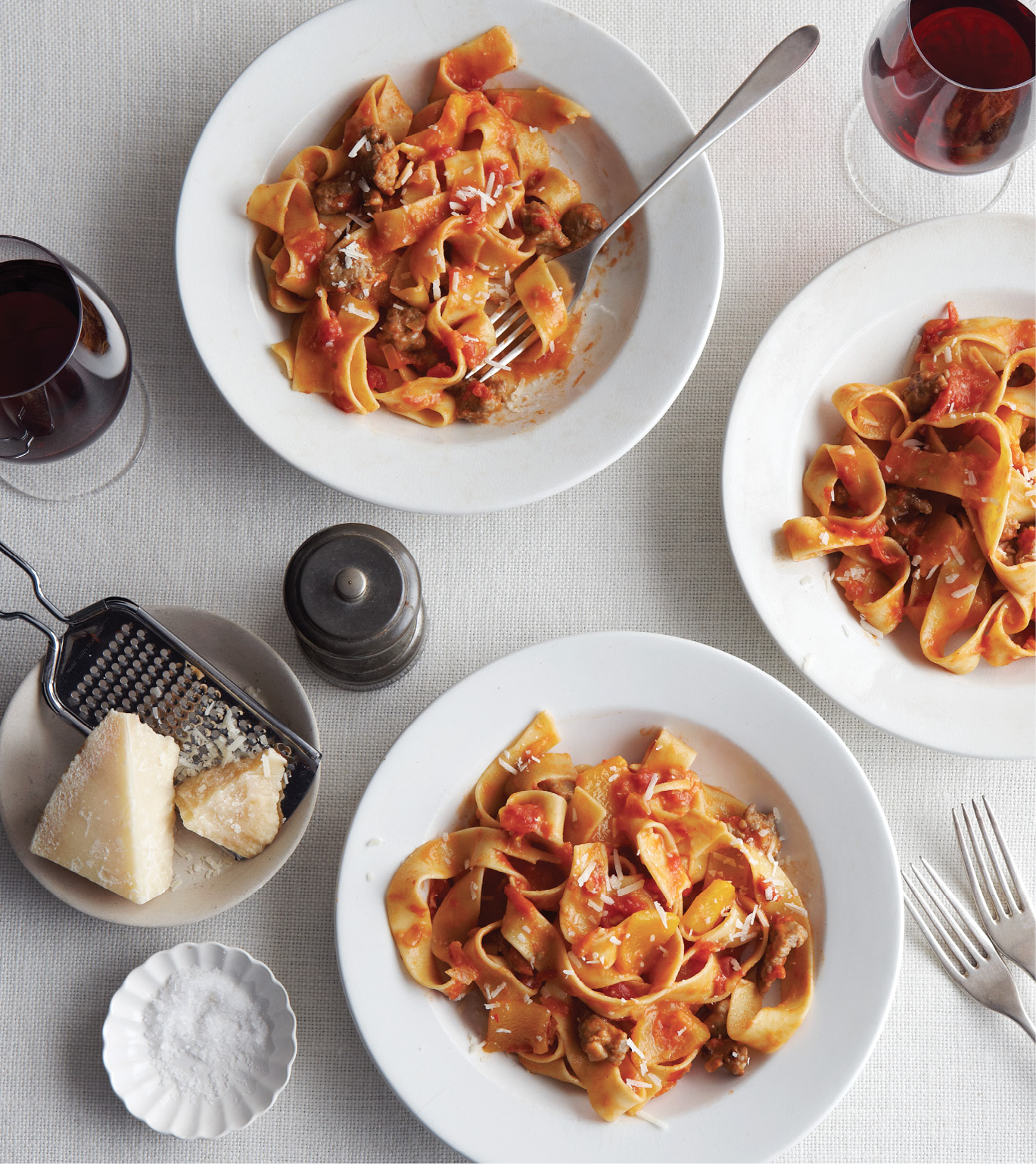
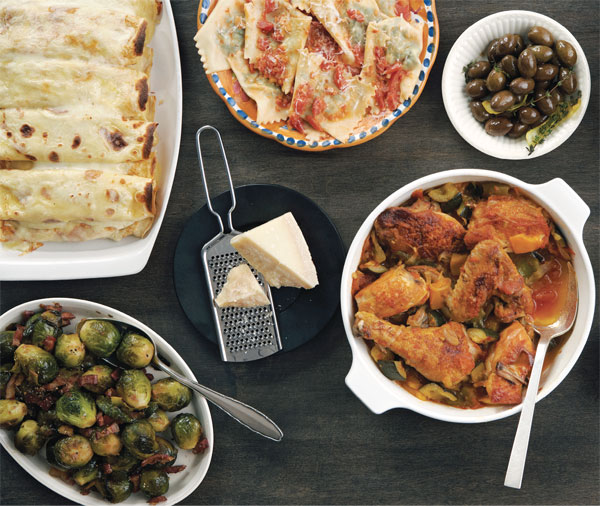
Contents
Foreword
What fun it would have been had Giuliano been writing cookbooks when his grandparentsNonna Giulia and Nonno David, Nonna Mary and Nonno Finwere still around. They certainly would have been amazed, amused, and possibly even flattered by this taste-filled latest of Giulianos works. With every few turns of the page, they would have been greeted with recipes for dishes that marked the daily unfolding of their lives at the family table.
When I first met my future husband, I thought his background was totally different from mine. Despite the fact that he spoke Italian and had been born in a town only six miles from my own, his parents were Sephardic Jews who had come to Italy from Turkey and who spoke Ladinoan ancient Spanish dialectat home. Victor had grown up in America; to me, a girl who had lived almost her entire life in a small fishing village on the Adriatic, America might as well have been on another planet. I didnt know what to expect when, after coming to New York, I began to sample the cooking of Victors mother, Giulia. Surprises awaited me at the Hazan table. Indeed, some of the food was unfamiliar. Yet to my astonishment, there were also dishes that resembled cooking that was uniquely my mothersand like that of no other family in my town.
My mother and mother-in-law owed the shared features in some of their cooking to a curious intersection of culinary cultures. My mothers people, although anciently from Italys Le Marche region, had long since been part of an expatriate Italian community that had settled in Syria and Egypt. Victors parents, who were first cousins, descended from Spanish Jews who had immigrated to Turkey in the fifteenth century. And so, although our backgrounds were ethnically and religiously dissimilar, there were moments at table when those tastes that had been formed in the Middle East converged. My mother and Victors mother cooked bamya okrain the same manner, with tomatoes and lemon; they both cooked green beans with tomatoes and onions until they were very soft, so delicious and so unlike the next-to-raw, grassy-tasting, and barely chewable green beans that restaurants have foisted on us. Both Mary and Giulia liked to make roll-ups of thin slices of meat, which would have been lamb until they yielded to Italian taste and switched to veal; they both liked to hollow zucchini and stuff them with meat and rice, or wrap Savoy cabbage leaves around the same mixture. Giulias mastery of baklav was beyond any challenge. When my mother came to visit me in New Yorkshe had come alone because Papi, my father, was afraid of flyingGiulia made baklav for her. My mother, who had a great sweet tooth, had not had baklav since she left Egypt twenty-five years earlier, and she all but swooned. I have a passion for baklav myself, and Giulias was the best I have ever tasted, even better than what I sampled years later in the pastry shops of Istanbul. Without attempting to duplicate his grandmothers baklavdoubtless an unattainable goalGiuliano has produced an admirable version of his own here.
David, my father-in-law, viewed the kitchen as exclusively female territory and never entered it. I doubt that in his lifetime he ever so much as picked up a dish towel to wipe something dry. But that is not to say that he contributed nothing to his wifes cooking. He contributed his judgment, which was uncompromising and often severe: The bamya should have been smaller; it is too mature and gummy. Why didnt you peel the tomatoes for the rice? I would have liked more carrots in the stew; they sweeten the taste. Giulia quietly accepted his comments as manifestations of his patriarchal prerogative, but she didnt interpret them as corrections to be acted upon. She continued to cook exactly as she, and she alone, thought best.
Fin, my father, my Papi, allowed my mother to do as she wished in the kitchen, except in the realm of fish, where he took complete charge. When the fishing boats returned to our harbor in the afternoon to unload their catch, Papi was there with his bicycle to get first pick. He would splurge once or twice during the year-end holidays, but otherwise he did not choose the most expensive fish, such as turbot or sole. Papi, who had retired in middle age, had only a modest income from the small farm he owned. He shopped frugally, but he shopped well, choosing varieties that were no less tasty for being humble. He would often bring home what Italians call pesce azzurro , fish with blue skin and dark flesh, such as sardines or mackerel. He grilled the sardines, and the appetizing scent and matching flavor of sardines fresh out of the Adriatic and grilled over small wood charcoal have no equal. The mackerel he cooked slowly in an old, blackened, lopsided skillet, with olive oil, garlic, and rosemary. In Florida, where I now live, mackerel is plentiful, and I have tried to duplicate that dish, with middling success. The Adriatic mackerel sgombro , we call itis smaller, and its flavor is sweeter and at the same time more intense. When Papi got a deal on a miscellany of small fish and a couple of heads, he would make a fish soup for which he was famous. The heads, he said, and the variety of fish and shellfish were what made the soup so hauntingly good. If he found hake, he would cook it in a small amount of water, aromatized by simmering some parsley, an odd carrot, a celery stalk, and perhaps a small potato in it. When the fish was done, he dressed it with vinegar, salt, and garlic chopped very fine, all beaten into dense olive oil from our hills. I would have preferred lemon with fish instead of vinegar, but he wouldnt hear of it, rightly insisting, Why spend money on expensive lemons when we had fragrant red vinegar made from our own Sangiovese wine? Victor still asks for this excellent condiment when I cook a branzino in the same manner.

